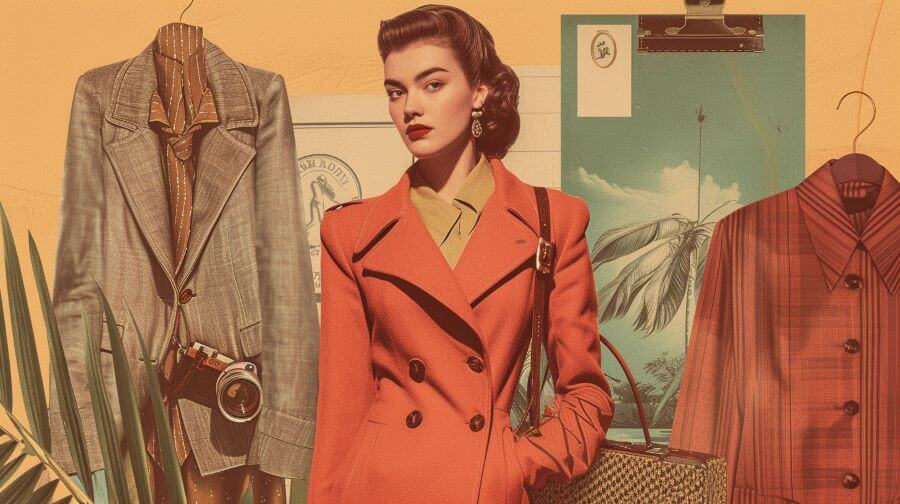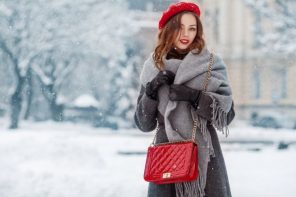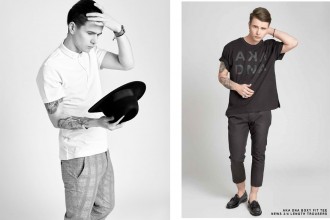Vintage clothing, with its unique aesthetic and nostalgic allure, significantly shapes contemporary fashion trends. This article explores this influence, examining how past styles are reimagined for today’s market.
We delve into the environmental benefits of choosing vintage clothing styles over new, emphasizing fashion’s role in sustainability. Amidst the mass-produced, fast fashion industry, vintage clothing offers individuality, quality, and ethical consumption, reinforcing our sense of belonging in a more mindful fashion community.
Understanding the Vintage and Retro Appeal
To delve into the allure and impact of vintage and retro styles, we must first grasp the historical significance and nostalgic charm these clothing pieces carry.
Vintage inspired fashion, championed by vintage fashion influencers and mainstreamed by celebrity vintage style, has permeated all sectors of the fashion industry. Documentaries have showcased the influence of vintage fashion in streetwear, high-end luxury brands, and mainstream retail.
Notably, the resurgence of vintage fashion in bridal wear and menswear highlights the enduring appeal of these timeless styles. Furthermore, the incorporation of vintage designs in sustainable brands underlines the industry’s shift towards responsible consumption.
These developments underscore the widespread embrace of vintage aesthetics, contributing to a sense of belonging among fashion enthusiasts.
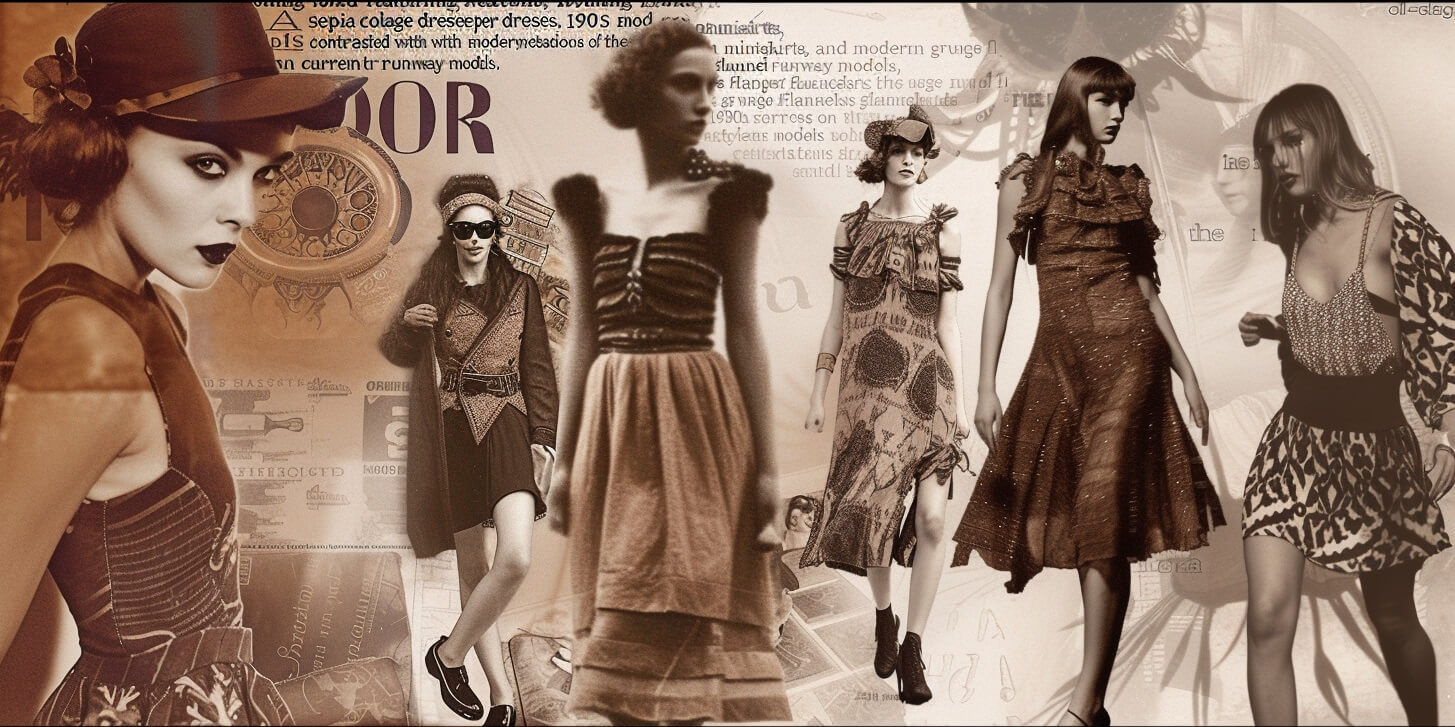
Decade-Specific Fashion Trends
The fashion industry’s embrace of vintage aesthetics extends into its fascination with decade-specific fashion trends, where designers frequently draw inspiration from the iconic styles of the past. The evolution of fashion trends consistently circles back to nostalgia in fashion, a testament to the timeless allure of influential fashion eras.
The impact of vintage fashion on modern designers is undeniable, evidenced by vintage inspired street style and the role of vintage fashion in pop culture. There’s been a notable revival of 90s fashion recently, championed by modern reinterpretations of vintage silhouettes. Vintage fashion icons continue to inspire, while the trend also serves as a form of self-expression for many.
Thus, vintage clothing’s influence transcends aesthetics, shaping the very narratives of fashion.
Vintage Clothes on the Runway
On the runway, vintage clothing has made a significant impact, often serving as a key source of inspiration for contemporary fashion designers. The cultural impact of vintage fashion is palpable, as designers curate collections that echo past eras, projecting a sense of nostalgia and authenticity.
This influence extends beyond the runway, permeating street style, music videos, movies, and editorial spreads. High-end fashion campaigns frequently incorporate vintage elements, while celebrities often opt for vintage fashion in their red carpet looks.
The allure of vintage clothing is also evident in fashion exhibitions and costume design, where it’s used to evoke particular periods and styles. Overall, vintage clothing’s influence on the runway underscores the ongoing relevance and appeal of past fashion trends in the modern fashion landscape.
Iconic Vintage Pieces Reimagined
Modern designers’ reinterpretation of iconic vintage pieces plays a crucial role in the evolution of contemporary fashion. These modern reinterpretations are not just reviving classic styles, but also updating iconic looks, thereby injecting nostalgia in fashion.
The influence of vintage on contemporary design is evident in vintage inspired fashion, where timeless vintage pieces are being reimagined for the modern age. Designers are incorporating vintage elements and modernizing retro fashion, leading to a resurgence of reimagining vintage silhouettes.
The current trend indicates a growing affinity for the past, with a keen eye on the future. This duality elevates the aesthetics of the present, proving that the past is not just a memory, but a tool for creativity and inspiration.
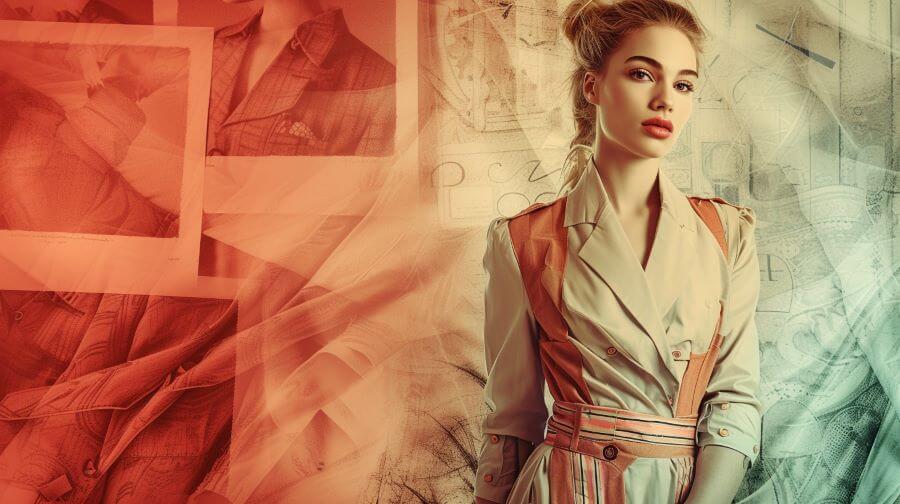
Sustainability and Vintage Fashion
As an integral part of the sustainable fashion movement, vintage clothing not only offers a nostalgic touch but also contributes significantly to reducing the environmental impact of the fast-paced consumer fashion industry. Vintage fashion’s impact on sustainable clothing choices is considerable, encouraging ethical consumerism and promoting conscious consumption.
By reducing textile waste and supporting a circular economy, vintage fashion acts as a solution to fast fashion. The environmental benefits of shopping for vintage clothing extend to reducing carbon emissions and fostering eco-consciousness. These environmental advantages are amplified when incorporating vintage pieces into one’s wardrobe, highlighting vintage fashion’s connection to sustainability.
Thus, the intersection of vintage fashion and eco-consciousness reflects a commitment to a greener future.
Difference between Retro and Vintage
The distinction between retro and vintage fashion plays a crucial role in understanding the influence of past clothing styles on contemporary trends. Vintage fashion refers to original pieces from previous decades, showcasing the allure of nostalgic trends. Its sustainable nature and timeless appeal make it an enduring style choice.
On the other hand, retro fashion, often synonymous with ‘vintage-inspired’, replicates vintage styles, invoking the glamour of historical eras. The lines blur in runway revivals where designers reinvent classics, merging retro and vintage influences. These trends pay homage to vintage fashion icons, reimagining their signature styles.
Understanding the difference between retro and vintage – original versus inspired – is vital in appreciating the depth of their impact on modern collections.
Popular Vintage styles
While delving into the realm of vintage fashion, one can observe a plethora of popular styles that have significantly influenced contemporary trends.
The influence of 70s fashion, for instance, is evident in the revival of wide-legged trousers and bold patterns. The resurgence of 90s grunge is seen in vintage inspired streetwear, characterized by oversized silhouettes and distressed denim. Vintage denim trends, from high-rise jeans to denim jackets, have found their way back into mainstream fashion.
The timeless appeal of vintage accessories, such as brooches and pearl necklaces, continue to adorn modern outfits. Furthermore, the influence of vintage lingerie on modern fashion is evident in the popularity of corset tops and high-waisted underwear.
We see the comeback of 80s power dressing in oversized blazers and shoulder pads. Vintage sportswear and athleisure bring back tracksuits and oversized sweatshirts.
Vintage inspired wedding dresses and menswear trends also pay homage to the past, with lace details and classic tailoring.
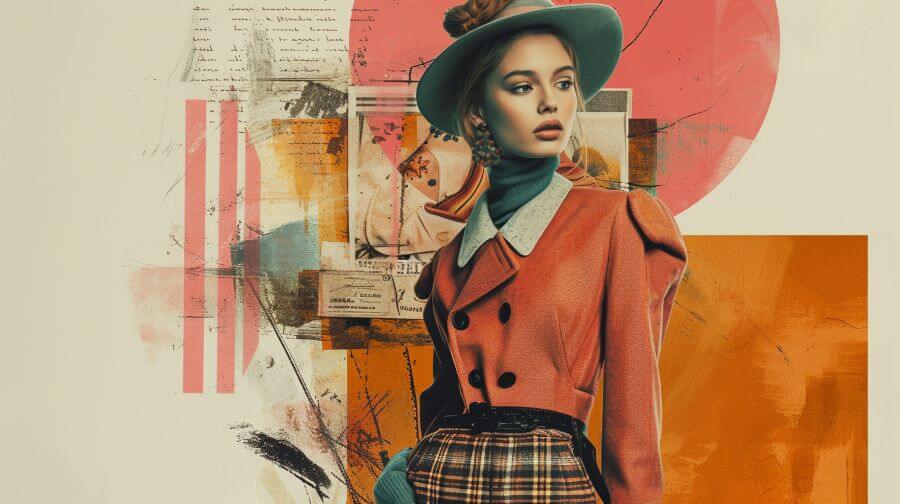
Frequently Asked Questions
How Does the Process of Authenticating Vintage Clothing Work?
Vintage authentication involves provenance investigation, fabric analysis, label research, and identifying manufacturing clues. Dating pieces, understanding their cultural significance, and placing them within curated collections and historical context are crucial methods in this intricate process.
What Are Some Barriers Consumers Might Face When Trying to Purchase Vintage Clothing?
Barriers to purchasing vintage clothing include sourcing difficulties, size disparities, product condition uncertainties, limited variety, high pricing, accessibility issues, authenticity concerns, significant time investment, adapting styles, and maintenance requirements.
How Have Online Marketplaces Changed the Vintage Clothing Industry?
Online marketplaces have revolutionized the vintage clothing industry by offering online thrifting, personalized shopping experiences, and customer engagement, thus meeting customer preferences and promoting sustainability. They present entrepreneurial opportunities and assure quality through brand partnerships.
How Does the Pricing of Vintage Clothing Compare to Fast Fashion?
Vintage pricing strategies, influenced by market demand and vintage valuations, often surpass fast fashion comparisons due to quality, sustainability costs, and branding implications. However, the affordability factor can vary, reflecting the evolving pricing model in fashion.
What Are Some Emerging Trends Within the Vintage Clothing Industry That Are Expected to Shape the Future of Fashion?
Emerging trends within the vintage clothing industry include sustainable fashion, thrifting culture, and fashion recycling. Retro revival, upcycled clothing, and vintage-inspired accessories are shaping the future of fashion, along with nostalgia marketing and decade-specific styles.
Conclusion
In conclusion, vintage clothing significantly impacts contemporary fashion. It offers a timeless appeal, inspiration for modern designs, and a sustainable choice.
The reinterpretation of vintage styles serves as a creative response to fast fashion. It fosters individuality and authenticity. Despite the challenges, the vintage clothing industry is poised for growth, reflecting a broader shift towards conscious consumption.
Thus, vintage fashion not only influences style trends but also plays a crucial role in promoting sustainability in the fashion industry.
- Unlocking Your Potential: How Golf Tuition Holidays Can Improve Your Game - January 25, 2024
- How Vintage Clothing Influences Modern Fashion - January 19, 2024
- How to Reduce Inflammation in the Body - January 31, 2023
- Women Fall and Winter Fashion 2022-23: Comfortable Elegance - November 8, 2022
- A Modern Guide To Mod Clothing - August 31, 2022
- The Benefits Of Getting A Hair Transplant - June 29, 2021
- What to Look for When Buying a Malaysian Condominium - June 17, 2021
- Looking after your skin in winter to avoid dry, dull and chapped skin - May 2, 2020
- Pick the Right Trench Coats for Women - January 3, 2020
- How to pick the right live wedding entertainment - October 1, 2019

